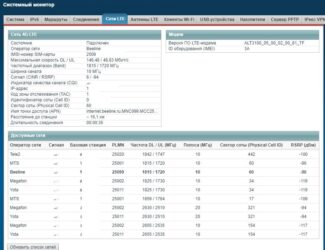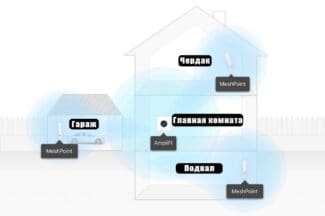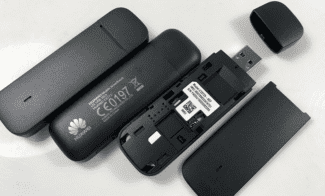58874
- Routers with a large coverage area of Wi-Fi network: how to choose and what to look for?
- Why aren't there any routers with a large Wi-Fi coverage area?
- MESH systems
- Wi-Fi standards
- How to choose the right router
- Number of ports
- USB interface .
- How to Choose a Router for a House or Cottage
- How to choose a router for the office
- Which Wi-Fi router to choose for the office
- To summarize .
- Author: Daria Tilnaya
- Cost and manufacturer
- What router should I choose for my apartment?
- Budget Wi-Fi router for a small apartment
Routers with a large coverage area of Wi-Fi network: how to choose and what to look for?
One of the main problems in organizing a Wi-Fi network in a large private house or in an apartment is a small range of Wi-Fi network. If you have installed a router, the Wi-Fi network is not available in all the rooms or on all the floors. Or the signal in the far away rooms is very poor, so the Internet is slow and unstable. Therefore, when choosing a router in such cases, everyone is trying to find a router with a long range wireless Wi-Fi network.
I looked at articles on this subject on other sites, and there is nothing but what they write. They are creating the ratings of the most powerful and "long range" routers, "routers that break through walls", recommend specific models, guided by the number of antennas, the antenna capacity, the price (say the more expensive and abrupt router, the greater the range). Honestly – complete nonsense.
Why aren't there any routers with a large Wi-Fi coverage area?
The Wi-Fi coverage area of ALL routers is plus or minus the same. It doesn't matter if it's a $20 router or a $200 one. If there is any difference in signal coverage, it is insignificant and can be ignored.
- The power of all routers that are sold (supplied) in a given country is limited by the laws of that country. Therefore, all routers have about the same transmitter power and distribute Wi-Fi network to about the same area.
- The size and number of antennas on the router has almost no effect on the Wi-Fi coverage area. Their number can affect the speed. Well, there's a little bit of marketing involved as well. Including the "wall-killer" type tagline.
- Why then are there powerful and expensive routers? By "powerful" you mean efficient. A router that has a lot of capacity. A powerful processor, more RAM, support for different technologies, etc. Such a router can "digest" a large number of connected devices and information transmitted through them. At the same time such routers keep a stable connection, speed and ping. All this has nothing to do with the area covered by the router Wi-Fi signal.
- Even if you imagine that you can buy a router with a high (compared to other routers) transmitter power Wi-Fi network, then immediately there will be at least two problems: 1. A very strong signal will reflect and jam itself. 2. The gain of the receiver in the phone, laptop, etc. must match the power of the router (this is if to explain in plain language). And in mobile devices and other clients that we connect to our network receivers have a small gain.
- In my experience and observations, I can say that replacing the router with a better and more expensive model has almost no effect on the range of the Wi-Fi network. On the speed – yes, on the stability of the connection – yes, but on the range – no. Unless very slightly and in rare cases. But that usually doesn't solve the situation. A much more effective solution is to change the location of the router. For example, when we move the router closer to the center of the apartment or house.
MESH systems
A modern alternative to the router is the MESH system which originally consists of several nodes. Your wireless network coverage is distributed among all MESH nodes, resulting in good reception even in a spacious country house.
The main advantage of MESH systems is that they allow you to easily re-plan your home network. You can place the main device by the cable provider, and the other nodes of MESH to arrange as convenient – no need to bother with cables, save the aesthetic appearance of the home. The downside of MESH systems is an increased cost compared to conventional routers.
The optimal location of the router in the house should be looked for experimentally: walk around the rooms with your smartphone, and you will find the "blind spots," where there are few sticks of Wi-Fi. These are the ones you should try to improve.
Wi-Fi standards
The 802.11 standards are backwards compatible, so devices with different generations of Wi-Fi work easily with each other. That said, the actual speed and quality of the connection is determined by the weakest link in the network. If you want to make the most of your modern smartphone, get a router with the latest 802.11ax Wi-Fi standard. We wrote about all its advantages in the review: huge speed, efficient use of radio channel and other tricks take wireless Internet to a new level.
How to choose the right router
In order to choose the right Wi-Fi router that will fully meet your needs, you must first decide what exactly is required of it. What are the main characteristics of a router that you should pay attention to?
Number of ports
The vast majority of modern budget routers can not only distribute the Internet "on the air," but also allow you to connect your computer via a normal network cable (aka Ethernet). Most often, home Wi-Fi routers have 3-4 Ethernet slots, into which you can plug a network cable to connect a computer or laptop.
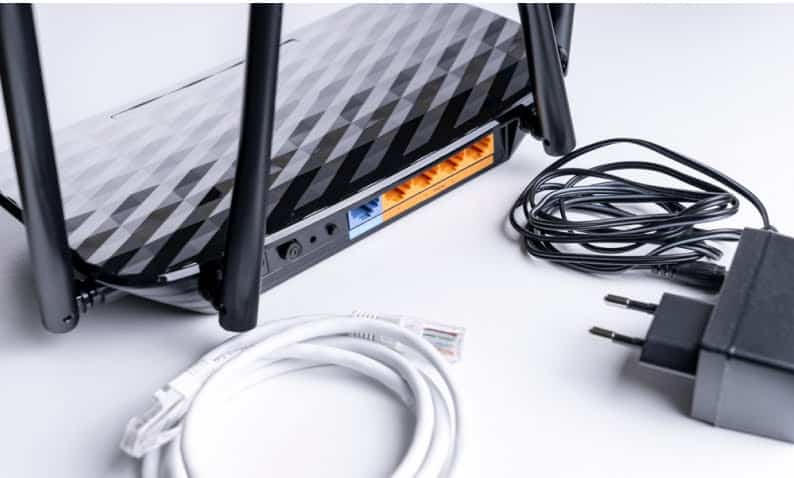
Often the use of a cable is justified. For example, in conditions of "noisy" ether, when many other similar routers are located in neighboring apartments or offices, the cable connection will provide a stable connection without gaps and high speed. Most often the maximum that can be provided by the provider. The cable has a disadvantage: it takes up space and can cause inconvenience by getting tangled underfoot.
USB interface .
This option comes in handy for connecting external devices to a Wi-Fi router. The USB port can be found on both cheap and expensive models. What is it used for?
- First, it can connect an external drive – a hard drive or an ordinary flash drive. This allows you to use the router as a network storage, i.e. as a storage medium that can be accessed by all users of the local network (connected to the router via cable or "over the air"). For example, network users can download music or movies from there – or play them in real time on their computers or laptops. If a smart TV is connected to the local network, it will also be able to connect to this storage device and show movies stored there. By the way, it is better to connect the TV to the router via Ethernet cable, if there is such a possibility: the speed will be higher and the connection will be more stable.
- Secondly, you can connect a mobile modem that supports 3G or 4G networks to the USB port. In this case, the router becomes a mobile Internet access point that you can take with you. For example, you can take it to your country house, provided that you can get a signal from the desired mobile network operator.
- A third way to use the USB port in a router is to connect a printer. In this case, everyone in the wireless home network will be able to print documents. Of course, to do this you will need to dig into the settings of your PC – in particular, to install the network drivers for the printer. Every user can cope with this task, since the setup process is described in detail in the manual to any printer.
How to Choose a Router for a House or Cottage
The area of the house or cottage will in any case be larger than that of a city apartment. What router should you choose for your home in such a case? The answer begs itself – for such an expanse of space you need a device more powerful.
You can take a closer look, for example, at the TP-Link Archer AX55 AX3000 Wi-Fi router – it is a real monster from the world of wireless technology, although with a price tag of a premium device – 6300 rubles. It has a lot of modern technological features, among which is the parental control function: you can restrict access to certain sites in the settings. The wear-resistant plastic housing of the device is not exposed to adverse external and mechanical effects. Therefore, it is quite possible to place it on a covered veranda – so the signal with the Internet will safely reach the garden plot, lawn or garden (depending on how you use the surrounding area).
There are also more affordable solutions for your home/household wireless Internet needs. The HUAWEI WS7100 AX3 Wi-Fi router is a bit cheaper, but it will also provide good Wi-Fi coverage for you and your household. This device has a nice futuristic design and will decorate any room.
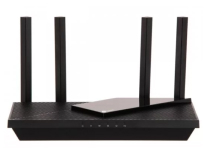
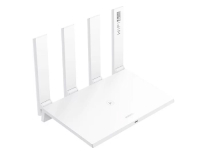
How to choose a router for the office
When choosing a router for the office, it is important to consider two things. First, you need to proceed from the size of the room of a particular office. Secondly, there is no specific class of devices, such as "office router". In small "compact" companies, a simple household solution designed for home use is quite sufficient. In large corporations, where a single network environment is created, which can physically be located on several floors, or even in several buildings, quite different – industrial – solutions are used to create a common coverage.
In between, it is possible to focus on gadgets designed for use in private large houses with sufficiently powerful hardware.
The Keenetic Ultra Wi-Fi router (KN-1810) is ideal in this case. The main feature that makes this device useful in the office is that this Internet center combines the options of a modem and a router, so it can be used not only to distribute Wi-Fi, but also for IP-telephony. Russian language web configuration makes setup a breeze, and you can use the command line, web interface or mobile app to manage it.
Another option to raise the Wi-Fi network in the office is to use a MESH system. It is not exactly a router in the usual sense of the word, but once installed and configured, the end user and Internet user will not notice the difference. However, such a MESH system will cost more than a simple router. For example, if you take two models of the same brand – a TP-Link TL-MR6400 WiFi router (5,399 roubles) and a TP-Link Deco P9 MESH system (9,899 roubles) – the price difference will be nearly double.
In short, MESH is a chain of several devices that distribute Wi-Fi throughout the perimeter where they are installed. And the network is just one – no need to reconnect every time you go from one router to another. We wrote more about MESH in this article.
You can see how it all works using the TP-Link Deco X60 (3-Pack) MESH system as an example. These several boxes are placed in different places in the office and provide uninterrupted coverage of up to 650 square meters. meters, which can potentially join up to 150 users, which will not compromise the signal quality at all.
Which Wi-Fi router to choose for the office
Often the office is located on one floor, so you need to know for what purposes you choose a router: you need maximum speed or a regular Wi-Fi network for convenience. Many offices use wired technology. It's more stable and reliable. If you only need a router for individual devices, you can choose an inexpensive option.
For many offices, the 2.4 GHz frequency is suitable. As a standard, it is worth giving preference to 802.11as. It is desirable that the device supports MU-MIMO technology. It will allow to transmit large streams of information.
To summarize .
✅ When choosing a router, pay attention to the frequency. It is best if there are two frequencies at once – 2.4 and 5 GHz. This option is suitable for both a small apartment and a large house.
✅ Wi-Fi 4 is old-fashioned.You need Wi-Fi 5 or Wi-Fi 6.
✅ To increase the coverage area, you need to choose the right place to install router: in the center of the room or by the computer, if there is a load-bearing wall – by it, in most of the room. It is also important to configure the antennas.
✅ Router options for small apartments: MikroTik hAP ac2 or TP-LINK ARCHER A8. For larger ones: Keenetic Air (KN-1611), Xiaomi Mi Router 4A.
✅ Router options for private homes: D-Link AC 1900 DIR-879, TP-Link AC5400, Xiaomi Mi Router HD Pro, Asus Rog Rapture GT-AX 11000.
✅ Office router options: Keenetic Ultra (KN-1810), Tenda AC18, Netis AC1200, TP-Link Archer C20, Asus RT-AC51U.
Author: Daria Tilnaya
When writing about technology, I meticulously look into the details. Not a fan of "quality quality", I look at the really important functions and features. Fan of visual storytelling: if I can explain complicated things with a picture, I draw and explain. I like to watch reviews, write reviews, and buy new appliances for the house.
Cost and manufacturer
Today you can buy a router for literally five dollars on AliExpress and other marketplaces. But relatively reliable ones start from 1000 rubles. For this money you get a minimum set of functions, acceptable speed and performance.
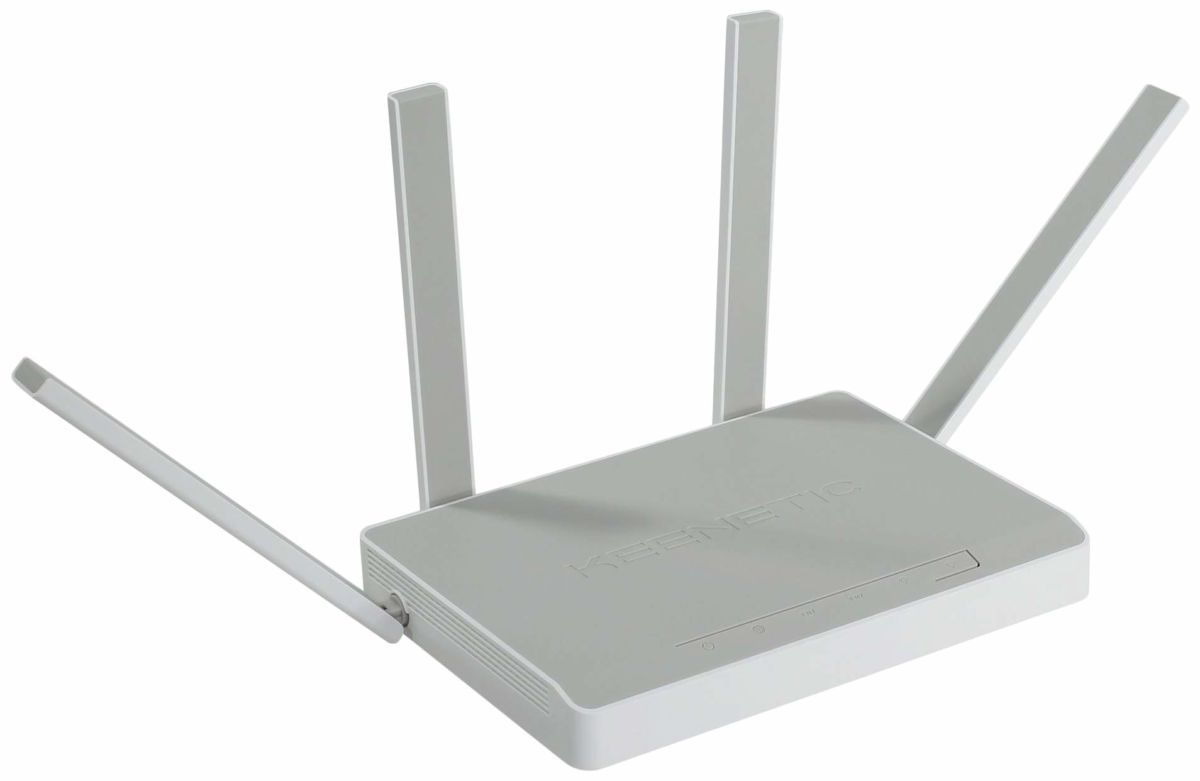
For a little extra money you can choose routers of well-known brands. The most popular and reliable are Keenetic, TP-Link, D-Link, Asus. For home use you can safely choose a router of such brands, even with a small budget. When choosing a router, a rule works – the more expensive the better equipped. Regardless of the brand. But it is better for ordinary users to stick to the "golden mean".
What router should I choose for my apartment?
For home use, we recommend a dual-band Wi-Fi router with at least one USB port (advanced users will be able to raise a home server to access their files at any time from anywhere in the world). Support of 5 GHz frequency allows the modem to give high speed in Wi-Fi network with minimum interference. You can connect quite a lot of devices to it without the risk of dropping the network. To make it easier for you to find the right equipment, we present rating Wi-Fi routers 2019 for the apartment.which can be found almost everywhere.
Budget Wi-Fi router for a small apartment
For example, if you have a small apartment and you are not going to overload the network, you can take a relatively inexpensive router.
TP-Link TL-WR740N/ND – is a "people's" Wi-Fi router, which is offered in almost every computer store. If you want to get a high-quality router that you can easily configure for yourself and still save money (it costs about 1000 rubles) – then you can take this model.
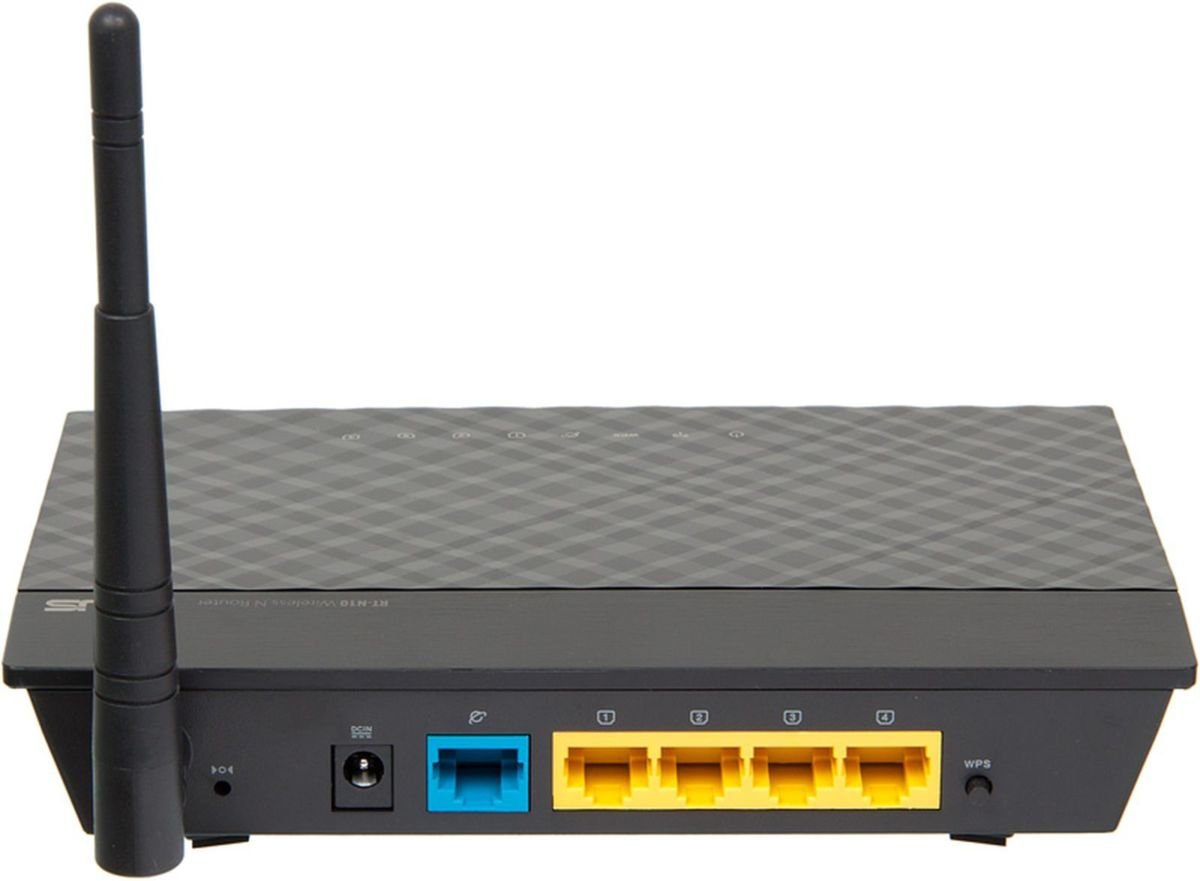
TP-Link TL-WR841N (ND) and TP-Link TL-WR842ND – This model will do an excellent job of distributing a stable Wi-Fi signal in a large three-room apartment. This is one of the most popular models and it has been updated several times by TP-Link. If you are interested in manual router setup, there are numerous custom firmware updates available for these models.
Read More:


